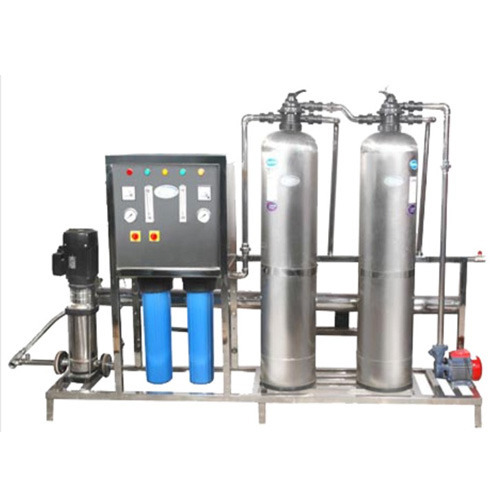

Removal of Organic Matter: As water passes through an activated carbon filter, organic particles and chemicals are trapped inside through a process known “adsorption”. Bacteria can cause problems in medical applications, or when using carbon as a pretreatment to reverse osmosis.Ģ. One disadvantage is that as the chlorine is removed from the topmost layer of the media, the AC provides a damp environment ideal for the growth and proliferation of bacteria. One advantage to using AC is its low operating cost and virtual “fail safe” operation once installed. Spent carbon can be re-activated however, re-activated filters should only be used in waste-water treatment applications.

Ultimately, the activated carbon filter will need to be replaced as its ability to dechlorinate the water will slowly decline. However, this process requires an extensive amount of surface area, and organics in the water will eventually fill up and block the pores of the carbon. Dechlorination occurs rapidly and flow rates are typically high. Chlorine Removal: Activated carbon may be used to remove chlorine with little degradation or damage to the carbon. Chemical activation produces activated carbon with a very open pore structure, making it more suitable for adsorbing large molecules.Īctivated carbon water treatment is basically used for two water treatment purposes and each work in totally different ways.ġ. The paste is heated to temperatures between 500☌ and 800☌ to activate the carbon.

Chemical Activation – With chemical activation the carbon is first filled with a powerful dehydrating agent, typically a paste form of phosphoric acid (P 2O 5) or zinc chloride (ZnCl 2).Carbon activated by steam generally has a fine pore structure, ideal for adsorbing both liquid phase and vapor phase compounds. This process produces a graded, screened and de-dusted form of activated carbon. Air is then introduced to burn out the gasses, without burning the carbon. At these temperatures an instant Water-Gas reaction occurs, gasifying the carbonized material. Steam Activation – Steam activation is carried out using steam at temperatures of between 800☌ and 1000☌.The rate of adsorption for a surface area of a just one pound of AC is equal to 60-150 acres! The open pores are what allow the carbon to capture contaminants, known as “adsorption”. Prior to being used for water treatment, the organic mass must then be “activated.” The process of activation opens up the carbon’s massive number of pores and further drives off unwanted molecules. This process leaves only about 30% of the organic mass intact, driving off heavy organic molecules. Carbon forms when an organic source is burned in an environment without oxygen. This will achieve the most efficient filtering and the longest use interval for the equipment.Ĭoconut shells and coal (anthracite or bituminous) are both organic sources of activated carbon. This is why it is critical to match up the correct activated carbon bed with the particular need. WaterProfessionals® can specify high-tech filtration methods for the identified contaminates and the level of purity required. The methods used to create the various AC materials are highly proprietary and lead to distinct differences across the range of media available to the industry. Activated carbon can exhibit varying performance characteristics depending upon the strata from which it is derived (e.g., bituminous or anthracite coal, bone char, coconut shell) and the way it is manufactured. There are many types of high-tech activated carbon filters available for industrial filtration systems. In addition, heavy metals, such as lead, can only be removed with a very specific kind of activated carbon water treatment, which is typically used only in residential point-of-use filters. Water softening also cannot be achieved with AC filters. For example, sodium, microbes, fluoride, and nitrates cannot be removed with AC filtration. Eliminating organics in potable water, such as humic and fulvic acid, prevents chlorine in the water from chemically reacting with the acids and forming trihalomethanes, a class of known carcinogens.Īctivated Carbon (AC) filtration, as with any water treatment method, is not capable of removing every possible type of contaminant.
#Do activated carbon filters work free#
Activated carbon filters are generally employed in the process of removing organic compounds and/or extracting free chlorine from water, thereby making the water suitable for discharge or use in manufacturing processes.


 0 kommentar(er)
0 kommentar(er)
